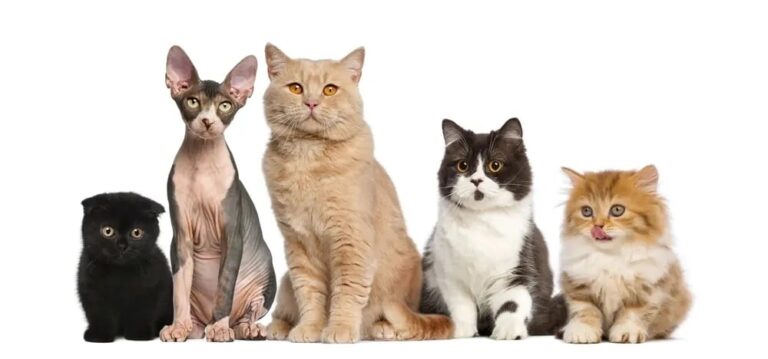When it comes to the development of a cat, there are several stages to consider. From the adorable and playful kittenhood to the mature and independent adulthood, each phase is marked by significant milestones and changes. Understanding when a cat becomes an adult is not only helpful for pet owners but also provides valuable insights into their physical and behavioral development.
Kittenhood: The first year of a cat’s life is commonly referred to as kittenhood. During this stage, kittens undergo rapid growth and development. They are incredibly curious, playful, and full of energy. It is essential to provide them with a safe environment where they can explore and learn. Kittens also require proper nutrition and regular veterinary care to ensure their healthy development.
Adulthood: The transition from kittenhood to adulthood varies among cats and is influenced by factors such as breed and individual development. Generally, cats reach adulthood between one to two years of age. Physically, they become more muscular and their bodies fully mature. Behaviorally, they become more independent and may display less of the mischievousness associated with kittenhood. It is crucial to continue providing them with a balanced diet, regular exercise, and mental stimulation to maintain their overall well-being.
In conclusion, understanding the stages of cat development and when they reach adulthood is essential for cat owners. By recognizing the unique needs and characteristics of each stage, we can provide the best care and support for our feline friends throughout their lives.
Kittenhood

One of the most important milestones in kittenhood is weaning. Around the age of four weeks, kittens start transitioning from their mother’s milk to solid food. This is a critical stage where they learn to eat independently and develop their taste preferences. It can be quite amusing to watch them explore different flavors and textures, sometimes resulting in comical facial expressions.
As kittens grow, they become more adventurous and curious about their surroundings. They start to explore their environment, play with toys, and engage in social interactions. This is an essential stage for their cognitive and motor skill development. It’s fascinating to witness their natural instincts kicking in as they pounce, chase, and stalk imaginary prey.
During the first year, kittens also go through teething, where they lose their baby teeth and develop their adult set of teeth. This can be a challenging time for both kittens and their owners, as they may experience discomfort and chew on various objects to alleviate it. Providing appropriate chew toys can help redirect their teething behavior and protect your furniture from their sharp little teeth.
In conclusion, kittenhood is an exciting and transformative stage in a cat’s life. It is a time of exploration, growth, and discovery. By understanding the various milestones and growth stages that occur during this period, you can ensure that your kitten receives the care and attention they need to thrive into adulthood.
Adulthood

Physically, a cat reaches adulthood between the ages of one and two years. By this time, their growth rate has significantly slowed down, and they have reached their full size and weight. Their body proportions have also become more balanced, with a well-developed musculature and a sturdy frame. The cat’s coat has fully matured, and their teeth are fully grown, allowing them to eat a wider range of foods.
Behaviorally, adult cats tend to be more settled and less prone to the high-energy antics of their kittenhood. They become more independent and self-sufficient, requiring less supervision and attention. Adult cats are generally more focused and calmer, spending more time grooming, resting, and observing their surroundings. They may also display more territorial behavior, marking their territory with scent and engaging in hunting activities.
In conclusion, understanding when a cat transitions from being a kitten to an adult is crucial for their proper care and well-being. It is during this phase that cats develop their adult physical characteristics and behavioral traits. Providing them with the necessary care, nutrition, and environment ensures a smooth transition into adulthood and a happy, healthy life.
